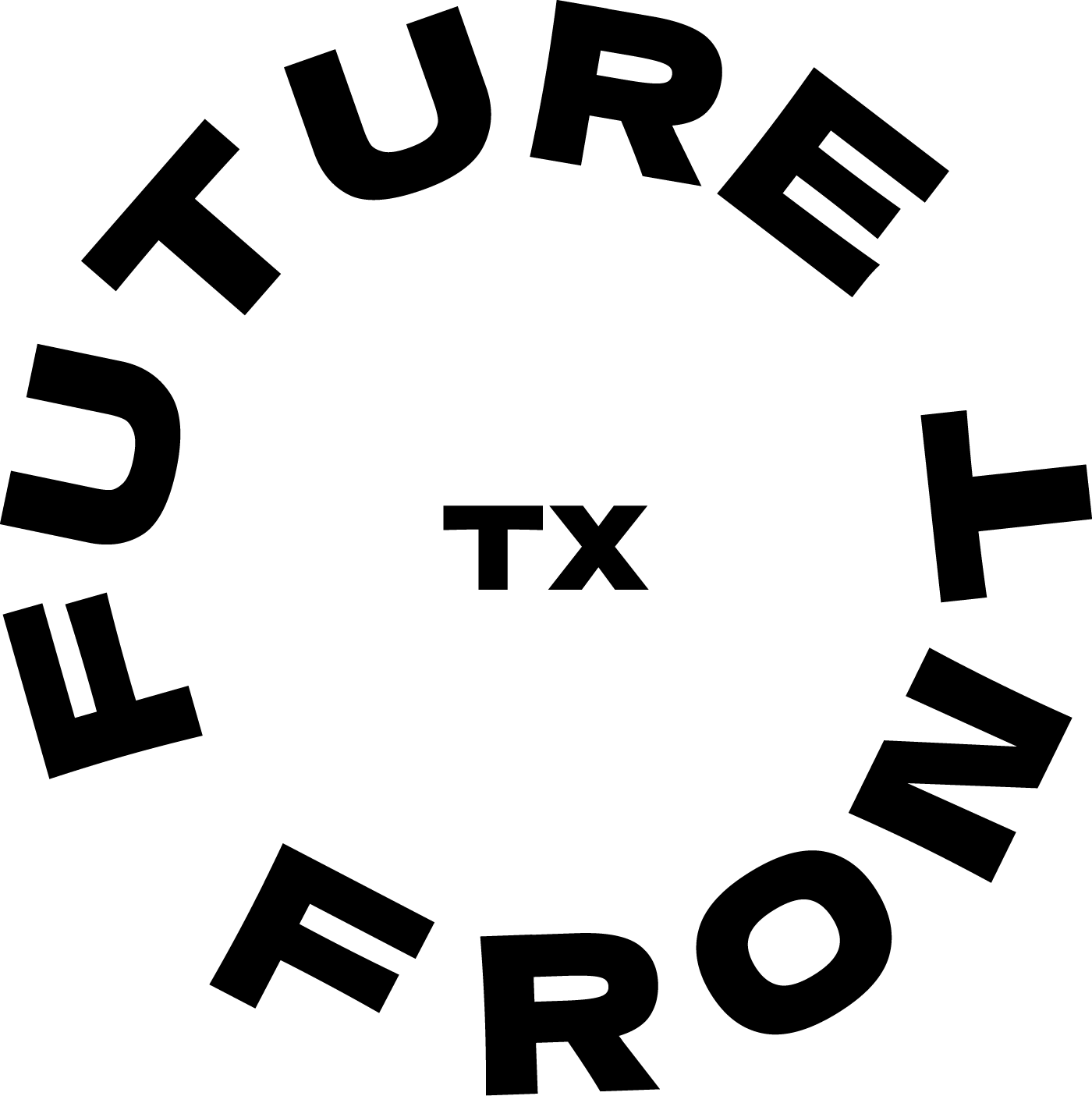Behind "Ancestral Modern" at the Blanton Museum: The Power Of Three Australian Aboriginal Women Artists
This summer, we've partnered with the Blanton Museum to explore their newest exhibition Ancestral Modern: Australian Aboriginal Art from the Kaplan & Levi Collection. Over the next few months, we'll take members of our community through the museum tour to highlight the women artists who have contributed to it, as well as the work of Ancestral Modern's Assistant Curator Claire Howard. This past week, the exhibit's Associate Curator, Claire Howard, told us the stories of three works in Ancestral Modern, each created by women artists whose art teaches us about their communities, history, and lands.
Read on to meet them. 🎈
FIRST UP, MEET Emily Kam Kngwarray (1910 - 1996).
Emily Kam Kngwarray, one of the best-known artists in the exhibition, only began painting in acrylic on canvas in the last eight years of her life. She produced Anooralya (Wild Yam Dreaming) when she was eighty-four years old. Her vigorous strokes suggest the tangled roots of the wild yam, an essential food for the forager culture of Kngwarray’s people, the Anmatyerr of Utopia in the Central Desert.
Kngwarray was a “boss,” or senior custodian, of ancestral knowledge about yams, including where and when they would proliferate. While the Anmatyerr people’s forager culture was disrupted by the arrival of white colonizers, Kngwarray depicts an underground scene invisible to outsiders in tribute to the sustenance the desert offers.
NEXT UP, MEET THE Yuendumu Women's Collaborative.
[Biddy Napanangka Hutchinson (born 1931), Betsy Lewis Napangardi (circa 1940 – 2008), Judy Napangardi Watson (circa 1925 – 2016), Rosie Nangala Fleming (born circa 1930), Amanda Nangala Jurra (dates unknown); Bessie Nakamarra Sims (circa 1932 –2012); and Pamela Napurrurla Walker (born 1957)]
Seven Warlpiri women from Yuendumu in the Western Desert collaborated on this painting as a testimony to the significance of their Mina Mina (home or living place). Together, they traveled to the location where ancestral women stopped to sit under desert oaks, get water, and collect snake vines to wrap around food bowls and cure headaches.
Like the women in their ancestral Dreaming narrative, these Yuendumu artists gathered bush tobacco, fruits, goannas (monitor lizards), and grubs. After lighting fires to drive away blue-tongued lizards, they roasted food and sang quietly together.
The painting is laden with symbols that relate the features of their homeland, including concentric circles that suggest desert oaks and long wavy lines representing snake vines, surrounded by U forms that stand for the women.
third, meet Yvonne Koolmatrie (1944 - present).
Koolmatrie’s woven sculpture represents the Murray River cod, the modern-day descendant of Pondi, the Ancestral cod who created rivers with the sweep of his tail. Koolmatrie uses a traditional coil weaving technique to convey her concern for the current state of the Murray River and its inhabitants; the sedge grasses used to weave the sculpture diminished as the river was degraded by intensive agricultural practices, and the Murray River cod is now on the endangered species list.
Koolmatrie’s work testifies to the importance of “caring for country” to Aboriginal people, and their ties to homelands that extend not only to the ancestral past but remain continuously present.
About the exhibition: Currently on view at the Blanton Museum of Art, Ancestral Modern features the works of more than 65 indigenous Australian artists spanning approximately 1966 to 2010. Their work represents a renaissance in the world’s oldest continuous visual tradition, as contemporary Aboriginal artists adapt traditional motifs developed over the last 40,000 years to modern media such as acrylic paint on canvas, producing vibrant works that relate stories of creation, ancestors, and traditional knowledge and laws. Ancestral Modern: Australian Aboriginal Art from the Kaplan & Levi Collection is on view at the Blanton through September 9.
This exhibition is organized by the American Federation of Arts and the Seattle Art Museum. It was made possible by the generosity of Mrs. Donald M. Cox, the Wolfensohn Family Foundation, and an anonymous donor. Support for this exhibition at the Blanton is provided in part by Ellen and David Berman.”
About Claire Howard: Ancestral Modern was curated by Pam McClusky, Curator of African and Oceanic Art at the Seattle Art Museum. The Blanton’s Assistant Curator of Modern and Contemporary Art, Claire Howard, managed the exhibition’s presentation in Austin. (This included everything from choosing wall colors and laying out the exhibition’s fifty paintings and sculptures, to developing an educational resource room that helps contextualize the artwork to training docents to share the exhibition with Blanton visitors.) Managing traveling exhibitions has been a focus of Claire’s work at the Blanton since she arrived just over a year ago; she oversaw The Open Road: Photography and the American Road Trip last fall, and her next project is Making Africa: A Continent of Contemporary Design, opening this October.
Stay tuned for more collaborations with the Blanton Museum, as our community explores this exhibit in different capacities.



